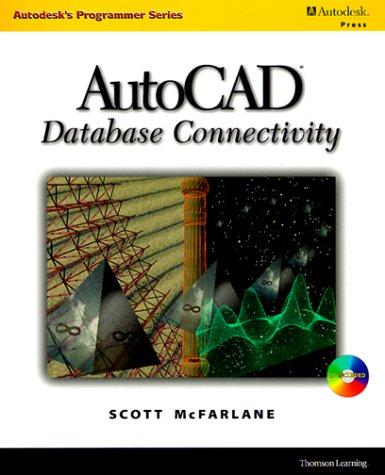
1. [6+6+2- 14 points Consider a web page for a hypothetical company dog.com. The HTML file for their main web page, www.dog.com, is 20,000 bits and contains the following embedded URLs (ie., the following URLs are contained in the HTML source for www.dog.com): http:l/ www dog.com/dog-bannerjpg (15,000 bits) http://www.cat.com/meow-add jpg http://www bird.comlchirp-add.jpg http://www.cat.com/puss-chow-add jpg (10,000 bits) http://www dog.comldog-chow-add jpg (10,000 bits) http://www2.dog.com/cookie crumb(5,000 bits) (10,000 bits) (10,000 bits) Consider the operation of the HTTP protocol to download the base page (www dog.com) and the embedded obiects. Assume: All network links connecting the browser to each server operate at 100 Mbps The browser has an intenal (empty) browser cache and that there is no proxy cache on the network The round trip propagation time from the browser to all servers in the dog.com domain is 50 ms the round trip time from the browser to www.cat.com is 10 ms, and the round trip time from the brow ser to www bird.com is 20 ms There is no queuing or routing delay in the network, and all objects are transferred in one network-layer frame In answering the questions below, you should start with the time required for the initial TCP handshake You may assume here that the transmission time for the handshake is negligible. You may also ignore the overhead of DNS name resolution How long would i take to download the dog.com home page and all the embedded objects if the browser used: a) Up to 4 parallel, non-persistent connections. Assume that the server is aware of the round trip propagation times to each server, as well as the sizes of each object after receiving the base page and schedules the downloads to achieve the best possible the total download time. b) Persistent (non-pipelined), non-parallel connections. c Given that most computers have a single network interface that can only transmit or receive bytes of data from one connection at a time (ie., there is no true parallel transmission or reception, why are the use of parallel HTTP connections a good idea? 1. [6+6+2- 14 points Consider a web page for a hypothetical company dog.com. The HTML file for their main web page, www.dog.com, is 20,000 bits and contains the following embedded URLs (ie., the following URLs are contained in the HTML source for www.dog.com): http:l/ www dog.com/dog-bannerjpg (15,000 bits) http://www.cat.com/meow-add jpg http://www bird.comlchirp-add.jpg http://www.cat.com/puss-chow-add jpg (10,000 bits) http://www dog.comldog-chow-add jpg (10,000 bits) http://www2.dog.com/cookie crumb(5,000 bits) (10,000 bits) (10,000 bits) Consider the operation of the HTTP protocol to download the base page (www dog.com) and the embedded obiects. Assume: All network links connecting the browser to each server operate at 100 Mbps The browser has an intenal (empty) browser cache and that there is no proxy cache on the network The round trip propagation time from the browser to all servers in the dog.com domain is 50 ms the round trip time from the browser to www.cat.com is 10 ms, and the round trip time from the brow ser to www bird.com is 20 ms There is no queuing or routing delay in the network, and all objects are transferred in one network-layer frame In answering the questions below, you should start with the time required for the initial TCP handshake You may assume here that the transmission time for the handshake is negligible. You may also ignore the overhead of DNS name resolution How long would i take to download the dog.com home page and all the embedded objects if the browser used: a) Up to 4 parallel, non-persistent connections. Assume that the server is aware of the round trip propagation times to each server, as well as the sizes of each object after receiving the base page and schedules the downloads to achieve the best possible the total download time. b) Persistent (non-pipelined), non-parallel connections. c Given that most computers have a single network interface that can only transmit or receive bytes of data from one connection at a time (ie., there is no true parallel transmission or reception, why are the use of parallel HTTP connections a good idea







